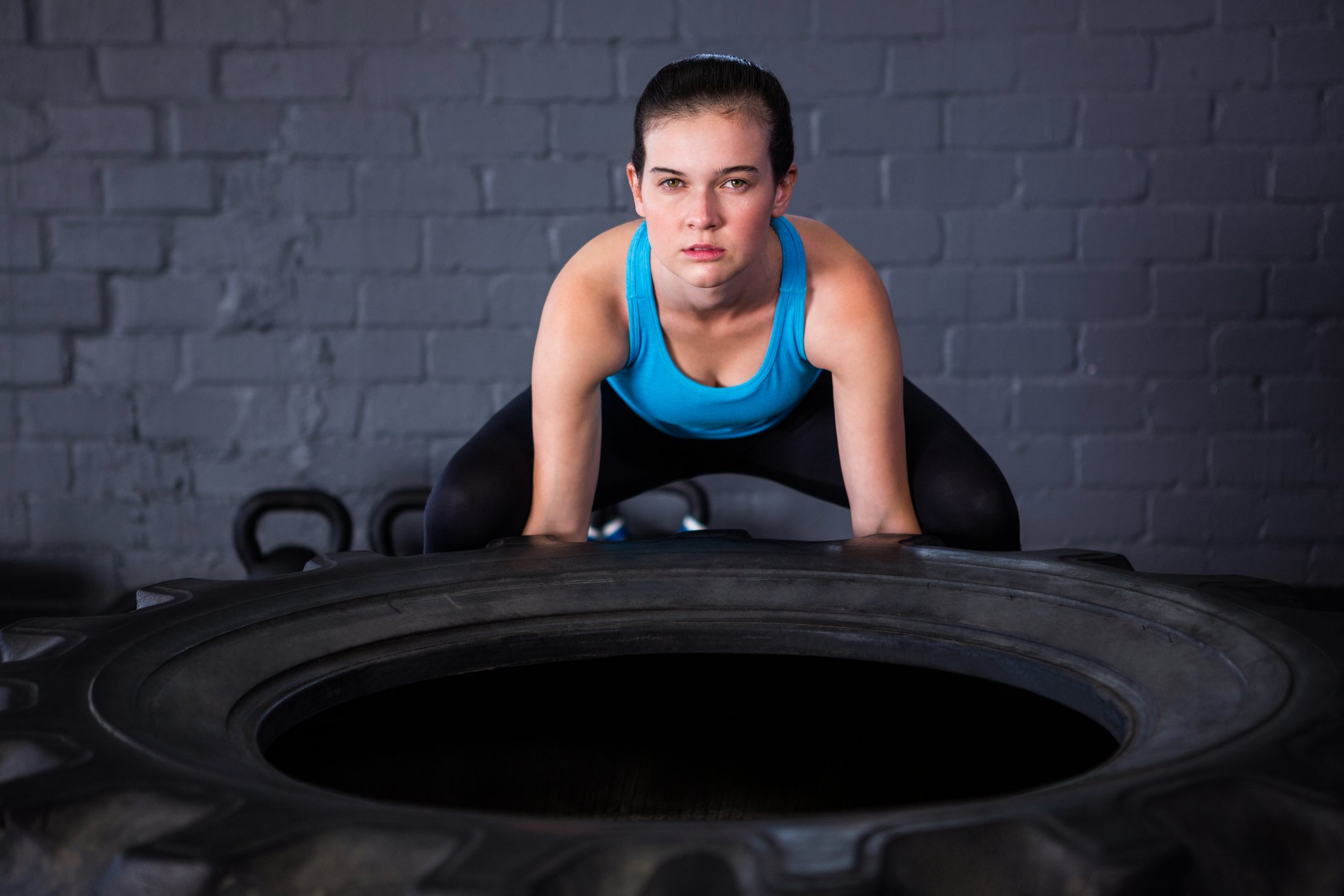Setting Fitness Goals That Work
Introduction
Tired of making fitness promises you can’t keep? You’re not alone. Whether it’s wanting to run faster, get stronger, or just feel healthier, setting the right fitness goals can make all the difference between quitting after a week and actually sticking to it.
In this guide, we’ll walk you through how to set fitness goals that are realistic, motivating, and designed to work. No boring lectures—just smart, practical tips you can actually use. Let’s go.
What Are Fitness Goals (And Why Do They Even Matter)?
A fitness goal is simply something you want to achieve with your body or health through regular activity or exercise.
That could mean:
Running a mile without stopping
Doing your first push-up or pull-up
Building more muscle
Losing a bit of weight
Feeling less stressed or more confident
Why bother setting goals?
Because goals give you direction. They turn your “I want to get fit” into “Here’s what I’m doing, and why I’m doing it.”
Without a goal, it’s easy to lose motivation. With one, you’ve got a reason to show up—even on the days you don’t feel like it.
“Small, achievable fitness goals not only help teens build consistency, but also boost long-term confidence and mental well-being.”
The SMART Way to Set Fitness Goals
The best goals aren’t just dreams. They’re SMART:
Specific – Clear and detailed (not vague)
Measurable – You can track your progress
Achievable – It’s realistic for your current level
Relevant – It fits your personal reasons
Time-bound – There’s a deadline or target date
Real-life examples:
Vague: “I want to get in shape.”
SMART: “I want to walk 10,000 steps at least 5 days a week for the next 2 months.”
Unrealistic: “I’m going to get abs in 10 days.”
SMART: “I want to reduce my sugar intake and exercise 4 times a week for the next 3 months to get leaner.”
By making your goals SMART, you turn fuzzy ideas into action plans.
Types of Fitness Goals You Can Set
Not all goals are about looks. Here are a few types you can set depending on what matters most to you:
Strength & Muscle
“I want to increase my squat by 10kg in 6 weeks.”
“I want to do 10 full push-ups in a row.”
Cardio & Endurance
“I want to jog 2km without stopping by the end of the month.”
“I want to do 20 minutes of skipping three times a week.”
Flexibility & Mobility
“I want to touch my toes without bending my knees by summer.”
“I want to do 10 minutes of stretching after each workout.”
Mental Health & Energy
“I want to exercise 4 times a week to reduce stress and boost energy.”
“I want to use walking as a way to manage anxiety.”
Weight Loss or Healthy Weight Gain
“I want to lose 4kg over the next 2 months through healthy eating and workouts.”
“I want to gain 2kg of muscle by lifting weights and eating more protein.”
Pro Tip: Choose goals that excite you. Don’t just copy others. What feels right for your body and mindset?
How to Track Your Progress (Without Obsessing)
Tracking your progress helps you stay on target. But don’t overcomplicate it—this isn’t about perfection.
Easy ways to track fitness goals:
Use a fitness app like Strava, MyFitnessPal, or your phone’s health tracker
Create a simple workout journal (digital or paper)
Tick off goals on a calendar or checklist
Take weekly or monthly progress photos
Measure strength (how many reps), speed (how fast you run), or endurance (how long you can go)
Progress might feel slow at times—but small wins add up. If you did more than last week, that’s progress.
How to Stay Motivated When It Gets Hard
Let’s be real: some days, you won’t feel like doing it. Motivation dips happen to everyone.
Here’s how to push through:
Remember your ‘why’ – Is it confidence? Energy? A sports goal?
Find a workout buddy – Friends make it fun and hold you accountable.
Make it part of your routine – Like brushing your teeth, just do it.
Pair workouts with fun – Music, audiobooks, podcasts, or rewards.
Celebrate milestones – Each win (no matter how small) is worth it.
Jade, 15, set a goal to do 10 push-ups in 3 weeks. She started with just 2. By week 3? She hit 12. Her secret? “I made a little game out of it—and celebrated each extra rep.”
Bonus: Try These Goal Templates
Here are 3 fill-in-the-blank goal templates to help you get started:
"In the next [number] weeks, I want to [fitness goal] so I can feel more [personal reason]."
→ In the next 6 weeks, I want to run 3km without stopping so I can feel more confident in P.E."I will [activity] [number] times a week until [date]."
→ I will do a strength workout 3 times a week until the school holidays."I want to [short-term fitness goal] by [target date], starting with [small first step]."
→ I want to do 20 sit-ups in a row by September 1st, starting with 5 today.
You can even print these or copy them into your journal or phone. Keep them visible!
Final Thoughts: Start Small, Dream Big
Fitness doesn’t have to be complicated or scary. It starts with a goal—a simple, achievable target that means something to you. Once you’ve got that? You’re already ahead of the game.
Keep showing up. Keep trying. And remember: it’s not about being perfect—it’s about being consistent.
FAQ’s
-
Start small and focus on consistency. Try “Exercise for 15 minutes, 3 times a week” for 1 month. Once that feels easy, level up.
-
Some people feel better after 1–2 weeks. Visible results (like muscle or weight changes) can take 4–8 weeks. Stick with it!
-
Yes—bodyweight exercises, resistance bands, and light weights are great. Just learn proper form and don’t skip rest days.
-
That’s okay! Adjust the timeline, reflect on what worked, and keep going. Progress is still progress.
-
Absolutely. As you grow and improve, your goals should grow with you. Keep challenging yourself—just don’t rush it.












